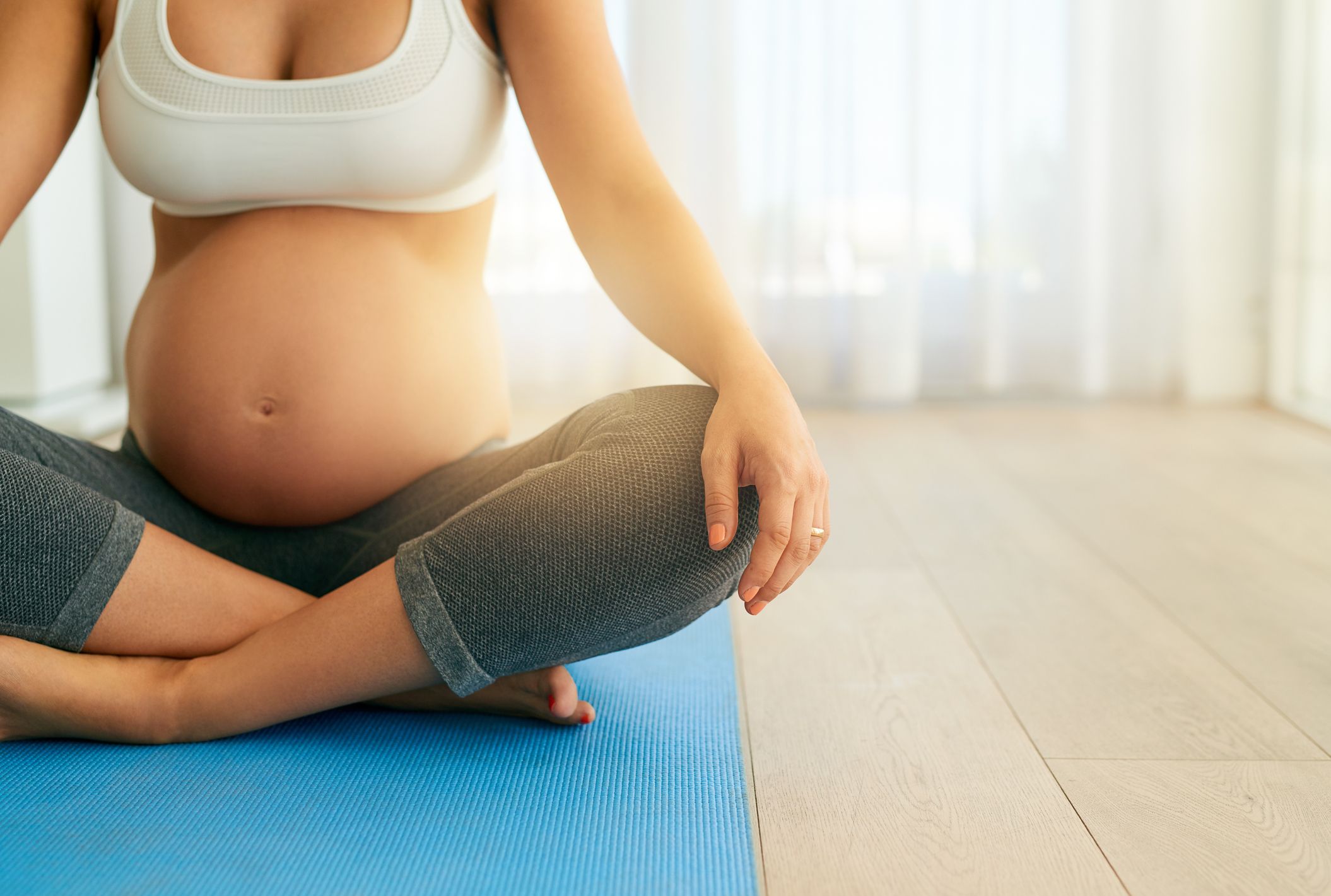
23 Nov Pilates During Pregnancy: What you Need to Know
Exercise is an integral part of a healthy lifestyle. It helps prevent disease, is important for healthy bones, and can help reduce stress, manage fatigue and lead to a better overall quality of life. All of which is very important when there is a newborn to care for. Pregnancy and childbirth have a major impact on a woman’s body, both internally and externally. During pregnancy, every system is affected, including respiratory, cardiac/circulatory, hormonal, biomechanical, and musculoskeletal. This can lead to shortness of breath, tiredness, swelling, varicose veins, postural changes, and issues such as lower back pain, pelvic joint pain, carpal tunnel symptoms, rectus diastasis (separation of the abdominal muscles), and urinary incontinence.
First Trimester (1-12 weeks)
The mother-to-be may be experiencing morning sickness or be feeling tired. This initial stage of pregnancy is where there is the most risk of miscarriage. Pilates is a safe exercise to perform, but the intensity needs to be lighter to avoid the body temperature and heart rate elevating too high, as this can increase the risk of miscarriage. Even in the first trimester, the amount of “sit up” abdominal exercises need to be reduced. Instead, focus more on T-zone activation and the pelvic floor muscles. Exercises like Bent Knee Fallouts and Lift Foot are great for this pelvic floor activation.
Second Trimester (13-26 weeks)
Throughout the second trimester, there are a series of positions and exercises which need to be avoided.
Avoid prone positions (lying on the stomach) – At this stage of pregnancy, lying on the stomach becomes very uncomfortable as the baby is showing.
Avoid all abdominal work (except Double Leg Lift) – During pregnancy, we want to avoid strengthening the Rectus Abdominus. As the belly gets bigger, we don’t want the rectus to be tighter as it will stretch and can cause rectus diastasis. Diastasis rectus abdominis is a separation of the left and right sides of the outermost abdominal (stomach) muscle. It is caused by forces that stretch the connective tissue called the linea alba. This condition most often occurs in pregnancy, but also may occur in infants, older women, and men. Physical therapists help adults with DRA manage their symptoms, improve their strength and stamina, and safely return to their regular activities. DRA is fairly common in infancy. For babies with DRA care and monitoring is provided by a pediatrician.
Avoid inner thigh work – We want to avoid inner thigh work because your adductors attach to your pubic symphysis (your pubic bone). When someone is in the advanced stages of pregnancy, their ligaments and joints become laxer. Many pregnant women experience some groin pain as the pubic bone starts to separate. Working the inner thighs when the pubic symphysis is already unstable can cause the pubic bone to separate even more.
Avoid supine positions (lying on the back) – Supine positions are avoided at this stage as many women feel nauseous or dizzy lying in this position. This is because the baby can sit right on top of the main blood vessels as they exit the spine and cause less blood to pump through. This can not only make the mother feel dizzy, but can also be dangerous as less oxygen is passed to the baby.
Third Trimester (27 weeks to birth)
During the third trimester, the mother’s posture changes dramatically due to the baby’s increased growth. A lordosis-kyphosis posture becomes more evident. For Pilates, the second-trimester guidelines continue; however now avoid ALL abdominal exercises including avoiding Double Leg Lift, as well as inner thigh work, supine and prone positions.
Other recommendations for exercising when pregnant include:
- Maintain a moderate intensity due to the cardiac changes the body is already in an exercised state, therefore don’t want to increase heart rate too much
- Keep cool avoid hot, humid conditions, wear loose clothing, and stand near a fan or air-conditioner if in the gym. As the baby is not able to regulate temperature.
- Stay hydrated and drink lots of water even if swimming.
- Warm-up and cool-down well – due to circulatory changes the mother will need to warm-up and cool down to avoid blood pooling and leg cramps.
- Avoid breaststroke, unilateral exercises, and wide lunge/stance positions as this can put extra stress on the pelvis.
- Activate pelvic floor muscles during all exercises to keep them as strong as possible, during the later stages may be harder to feel.
- Stop if feeling dizzy, nauseous, vaginal bleeding, or leakage of amniotic fluid.
